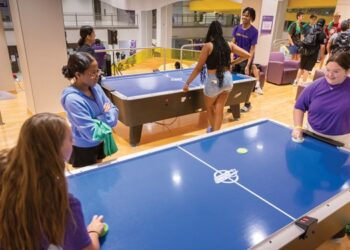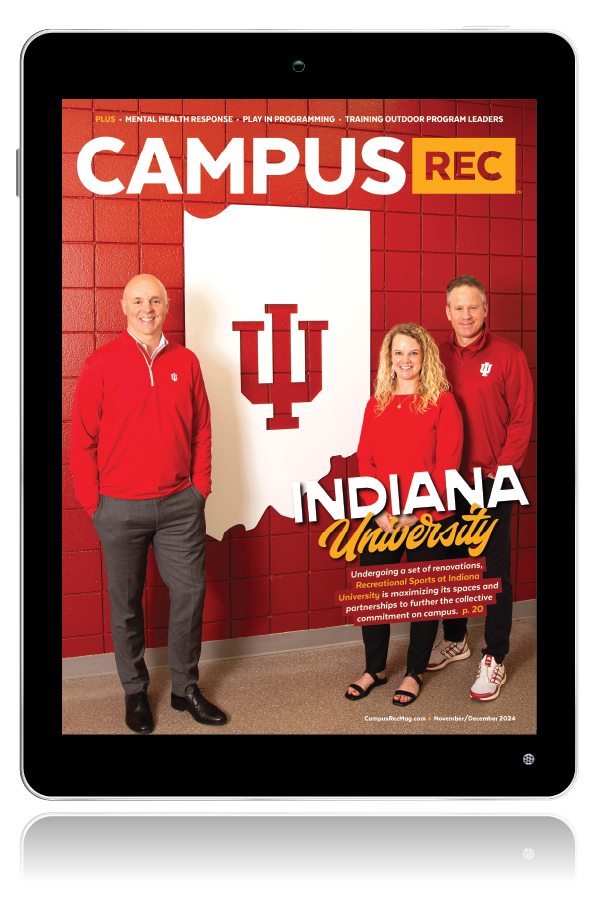Quality fitness facilities have long recognized fitness assessments to be an essential member service. Most student recreation centers are embracing this “best practices” approach along with a more holistic understanding of their student’s need to be healthy and physically fit in order to succeed and benefit from their total campus life experience.
This all starts with the way you introduce students to the opportunity of knowing more about their fitness level. The language you use is very important. To begin with, many students do not feel particularly comfortable about their fitness and body image. This can be a major hurdle to overcome. So avoiding the word “test,” as in fitness testing, is a good strategy. Students are very aware they can “fail” a test and this negative can be overcome by using more neutral descriptions such as: Assessment, Evaluation or Fitness Profile.
Next, your assessment should be comprehensive enough to provide your students with a complete overview of their fitness level, including: blood pressure, resting heart rate, height/weight, body composition, aerobic fitness (estimated VO2), flexibility and strength measurements. The results should be expressed in a concise, easy to understand, report with practical “science-based” recommendations to improve or to maintain their current fitness level.
It goes without saying that your fitness assessments should be conducted by a qualified individual. Fortunately most colleges have their own academic departments (Kinesiology, Exercise and Sports Sciences, etc.) that can train your staff and/or supply well-trained students or interns to help provide these services. These individuals will also gain a practical “hands-on” experience to prepare them for future employment.
It is important however for these academically trained and enthusiastic fitness advisors to simplify their explanations because, at the end of the day, students really want to know how they compare to their peers, but they do not want a complicated physiology lesson or to feel shamed by an overly zealous fitness critic. It is always a good idea to start out discussing their fitness profile report in terms of their strengths and then move into discussing one or two areas where the student can improve.
Finally, positive and realistic goal setting is important when reviewing the fitness profile report. From this process, an exercise program can be discussed, which will fit into the student’s schedule and help them to achieve their short-term goals. This action plan should also include an opportunity to reschedule a follow-up assessment within 60 to 90 days. By then, the student will most likely see progress and this successful experience will help to keep them motivated and more willing to promote your student recreation center with other friends.
Rob Rideout is vice president of sales for MicroFit, a leading manufacturer of wellness and fitness assessment software and testing devices. You can reach Rideout at rob@microfit.com or 800.822.0405.










